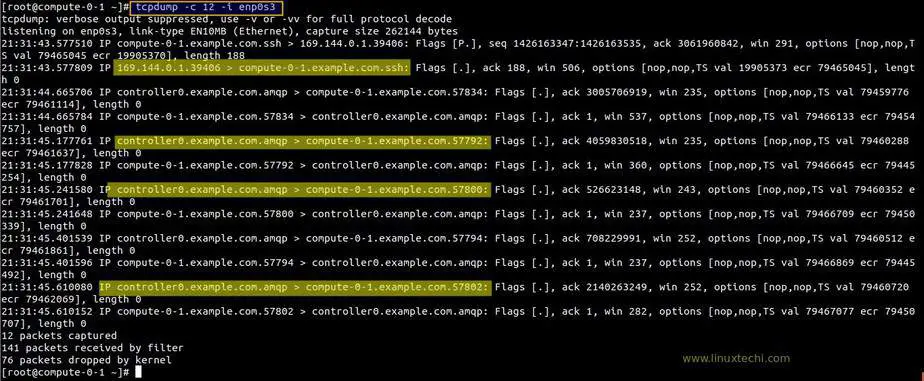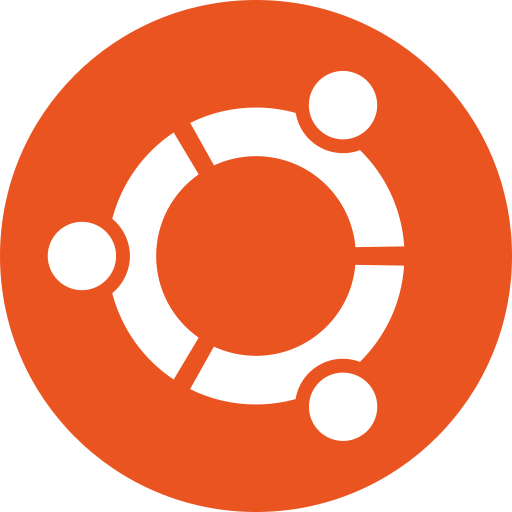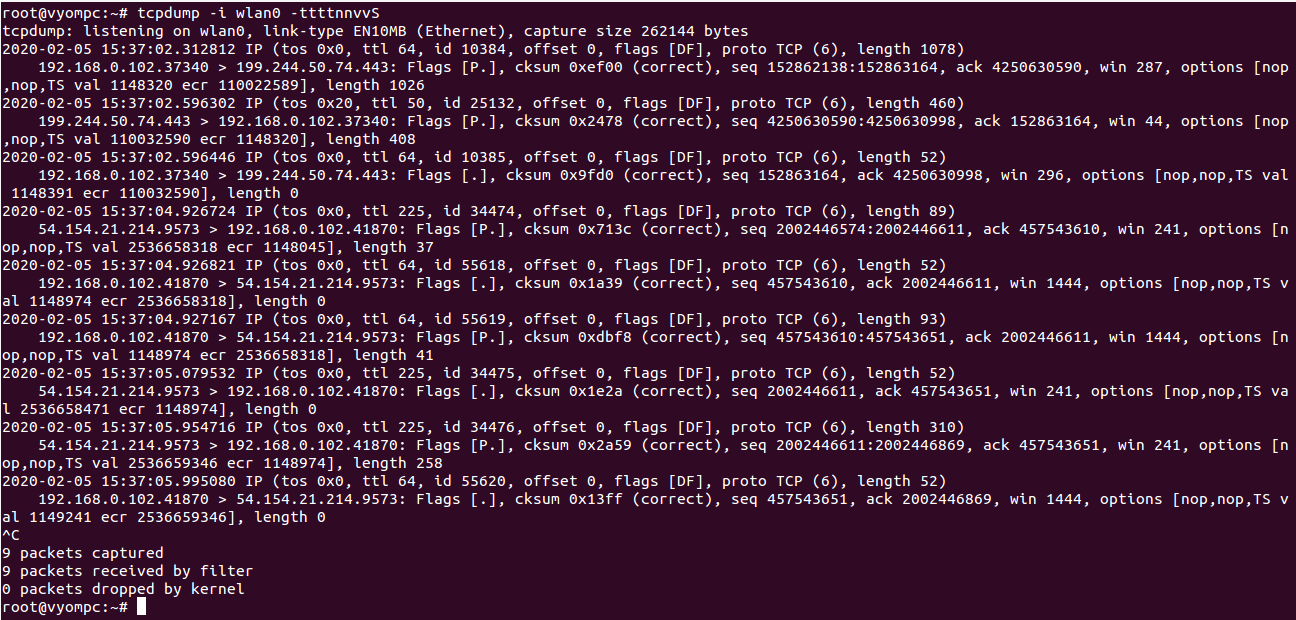

Obtain a copy of the appropriate version of tcpdump for the device. tcpdump: listening on any, link-type LINUX_SLL (Linux cooked), capture size 262144 bytes ^C2299 packets captured 5299 packets received by filter 914 packets dropped by kernel bash-4.1# NOTE: Solaris does not come installed with tcpdump, but does come with a packet capturing program called snoop, installed as /usr/sbin/snoop.
Install tcpdump ubuntu install#
It fetches and install the package via internet for you. Taking a packet trace on Linux using tcpdump. the tcpdump commands you gave are better but i am still not really getting what i want. tcpdump '(host 10.0.0.1 and net 192.168.1.0/24) and ((port 25 or port 143 or port 443 or port 993 or port 995))' Complex expressions with multiple operators can be very useful, but they are typically saved to a filter file for reuse since a single typo will cause the capture to fail. Ping: Ping command is used to check if the system is in the network or not. Here we are using examples for multiple Linux machines. If Wireshark cannot be detected this message is shown. I am new on Linux, and I own a server with Cloud Linux installed.
Install tcpdump ubuntu free#
Please feel free to send in any queries or suggestions using the comment box below.For more detailed usage of tcpdump, see its man page. There are plenty of other options that we can use with tcpdump command, & like with other Linux commands, we can refer to help to check all the options, These were only some examples that we can use with tcpdump command. This will monitor all the traffic on eth0 but will not capture port 22. $ tcpdump src 10.10.1.12 or dst 10.10.1.30 & port 22 -w ssh_packetsĮXCEPT will be used when we want to leave out something to fulfill a condition, like OR will check the command tcpdump -i eth0 src port not 22ainst one the mentioned conditions in the command, like We can use ‘and’ or symbol ‘&’ to combine two conditions or mote with tcpdump. To get packets based on source or destination of an IP address, use To capture network packets for a single IP address, whether source or destination or both, use the following command, To get the packets for a network, execute the following command from the terminalĬheck network packets for a single IP address To get more information regarding the packets along with the readable timestamp, useĬapture network packets of a network range Getting more packets information with readable timestamps This helps when we have analyzed network packets based on some conditions. We can also combine two conditions (example mentioned below) with AND (and, & ), OR ( or. We can also use ‘src’ & ‘dst’ options to get packets for ports based on source & destination. To get packets for a single port ot for a range of ports, use To check all the packets used based on the protocol, run the following command To read an already created, old tcpdump file, use the following command,Ĭheck packets for a protocol or port number

To write all the captured packets to a file, use the ‘-w’ option, Getting captured network packets to a file To get the network packets from a single interface, use To get the network packets from all network interfaces, run the following command,Ĭheck network traffic from only a single network interface Now let’s learn how we can use it to monitor our network traffic.Ĭheck network traffic from all network interface In most cases, we already should have tcpdump installed on most of the Linux distributions, but if it’s not then you can use one of the following commands to install it your system.

Here, we will be discussing how we can install & use TCPDUMP with examples.

To use the tcpdump command, we should use it with root user or with a user with sudo privileges. We can check the network packets in real-time or we can also save it to a file, which we can check later. Tcpdump command uses libpcap library to capture the network packets.
Install tcpdump ubuntu how to#
Recommended Read: Examples on how to use PS COMMAND in LinuxĪlso Read: Top Linux commands to monitor NETWORK Using it, we can check the TCP\IP & other network packets being transmitted over the network interfaces attached to our servers. Tcpdump command is a network packet analyzing tool that allows us to monitor our network traffic. In this article, we are going to discuss one such tool, basically, it’s a command-line utility called TCPDUMP Command. Once an issue has been identified, we can then resolve it. Monitoring is one of the crucial tasks of a SysAdmin & it’s useful in identifying any issues with our systems or networks.


 0 kommentar(er)
0 kommentar(er)
